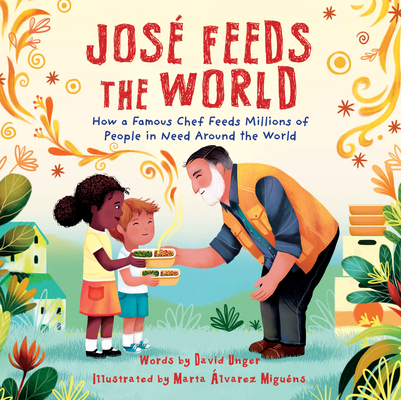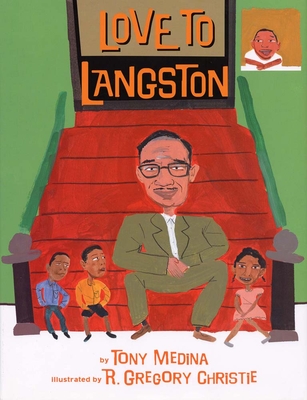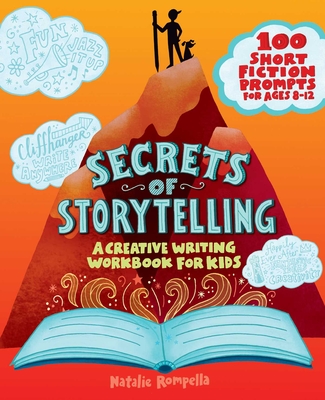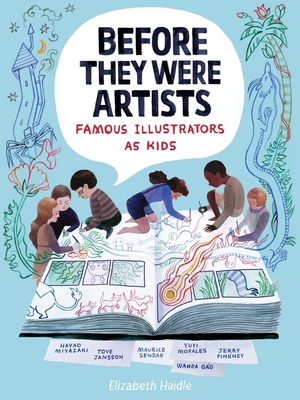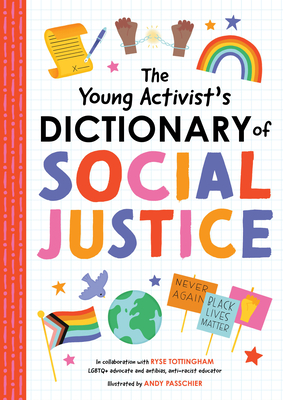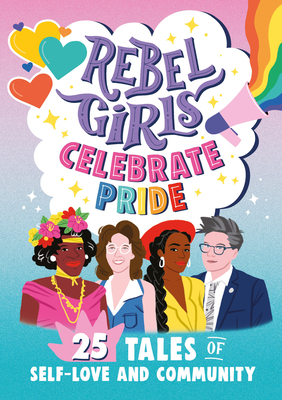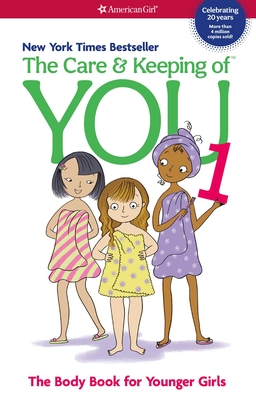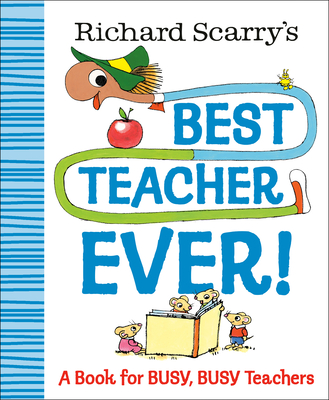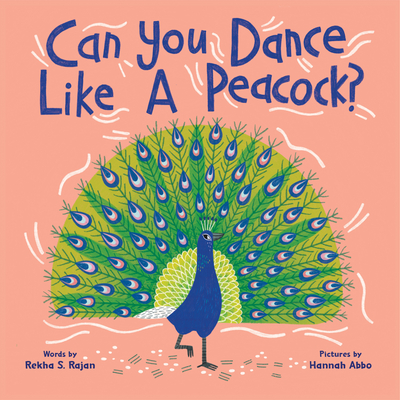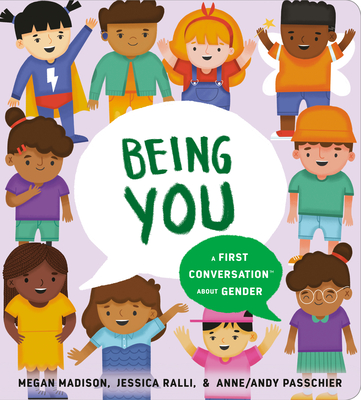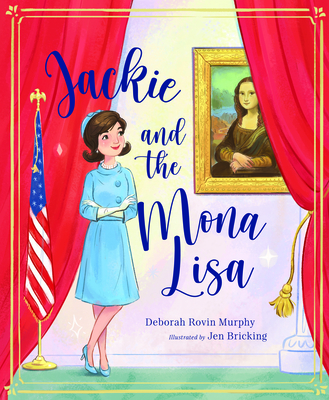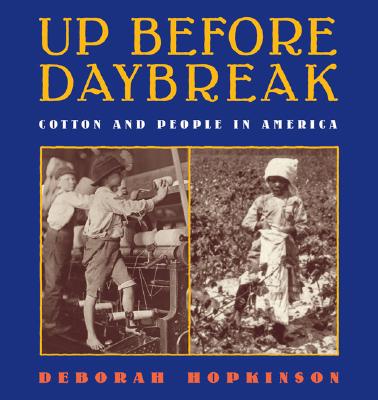
Up Before Daybreak: Cotton and People In America: Cotton And People In America
Description
In this stunning nonfiction volume, award-winning author Deborah Hopkinson weaves the stories of slaves, sharecroppers, and mill workers into a tapestry illuminating the history of cotton in America.
In UP BEFORE DAYBREAK, acclaimed author Deborah Hopkinson captures the voices of the forgotten men, women, and children who worked in the cotton industry in America over the centuries. The voices of the slaves who toiled in the fields in the South, the poor sharecroppers who barely got by, and the girls who gave their lives to the New England mills spring to life through oral histories, archival photos, and Hopkinson's engaging narrative prose style. These stories are amazing and often heartbreaking, and they are imbedded deep in our nation's history.
Praise for Up Before Daybreak: Cotton and People In America: Cotton And People In America
Starred Kirkus Review
"The voices of children weave through the story of cotton," and the story of cotton weaves through the story of our nation. Drawing on oral histories from the Federal Writers project of the 1930s and the oral-history interviews with Lowell mill workers in the 1970s and 1980s, Hopkinson makes history come alive through the voices of the people. Real people's stories are woven into a rich narrative of the history: clothmaking, the cotton gin, slavery, the Great Migration, the Great Depression and the continuing problem of child labor around the world. This volume, like the author's Shutting Out the Sky (2003), is a model of superb nonfiction writing and how to use primary sources to create engaging narratives. The prose is clear, the documentation excellent and well-selected photographs support the text beautifully. What might have been a dry topic is lively, the voices of the children vivid and personal. (Nonfiction. 9+)
Booklist Starred Review
The author of Shutting Out the Sky: Life in the Tenements (2003) here explains to middle-graders how "the story of cotton...is like a thread that stretches far back into America's past." In unraveling that thread from the industrial revolution to the 1950s demise of the Lowell cotton mills, Hopkinson discusses the general history and sociology of king cotton, frequently emphasizing the children who labored under slave masters, endured dead-end mill jobs, or helped sharecropping parents claw a living out of uncooperative soil. Stories of real people, such as mill girl Lucy Larcom who escaped the "incessant clash" of the looms to become a famous poet, sharply focus the dramatic history, as do arresting archival photos. Portraits of stern youngsters manipulating hoes, bags, or bobbins do as much as Hopkinson's fine writing to tell "the powerful and often heartbreaking story of cotton and people in America." Neither too long nor too dense, this won't frighten students reluctantly tackling research projects, and teachers and children alike will welcome the concluding list of relevant fiction and nonfiction for youth, the scholarly bibliography, and endnotes for both quotes and selected facts. Rarely have the links between northern industry, southern agriculture, slavery, war, child labor, and poverty been so skillfully distilled for this audience. Pair this with Russell Freedman's Kids at Work (1994)
Horn Book
Cotton has always been vital to the U.S. economy; here Hopkinson focuses on the hard lives of the people, especially the children, who raised the crop, took it to market, and turned it into cloth. Beginning with a quick history, she continues chronologically with chapters describing the world of "king" cotton -- for slaves in southern fields and young women in northern mills (using Lowell, Massachusetts, as an example) -- before the Civil War and after, when both growth and processing became dispersed, and the factories closed. Anecdotal vignettes from oral history enliven Hopkinson's account (and the author includes a helpful reminder of the limits of this material). A generous selection of historical photographs, documents, and illustrations, undated but attributed in the captions, accompanies the text. Generous, too, is the back matter, which includes appropriate suggestions for further reading, a selected bibliography, chapter notes, more specific photo credits, and an extensive index. This history really ends in the 1950s with the closing of the last mills in Lowell, but the author brings the story of child labor up to date with a reminder that children are still employed in cotton production in other countries. KATHLEEN ISAACS
BCCB
If children ever give that humble plant fiber, cotton, a second thought, it's more likely in regard to their denims and khakis than to American economic and social history. Hopkinson attempts a broad overview of cotton's impact on the nation- its i


